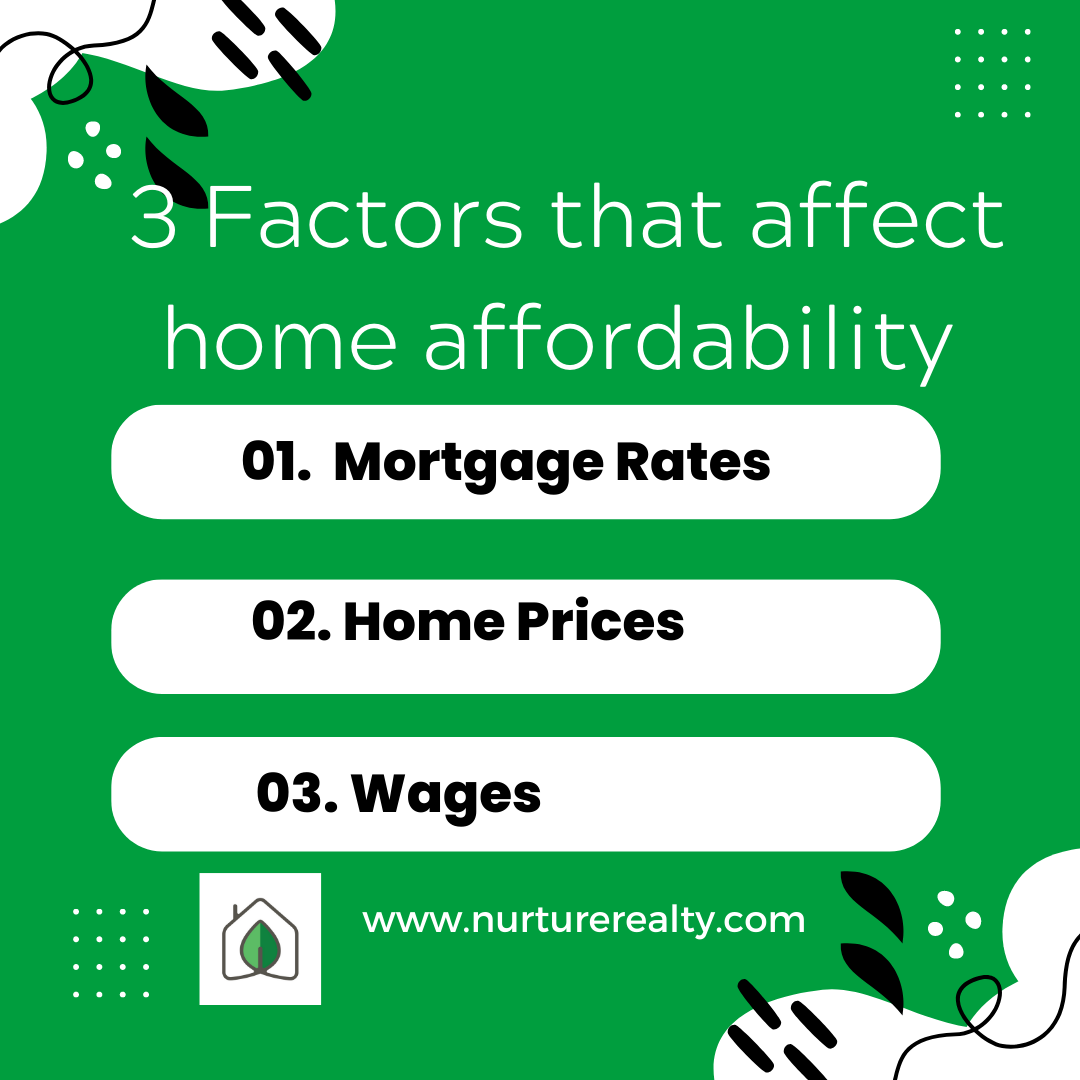Green Tips for the New Homeowner
/Green Tips for the New Homeowner
By Nicholas Wineland 10/18/18
Making the shift to be green and eco-friendly can be difficult, but conveniently enough, a new home is the prime opportunity to do so. In your new home, you can start making some energy-efficient habits to hopefully keep and change your lifestyle for the better. However, some are going to be easier than others, so this list has taken the time to break down some green tips from the easiest to biggest projects. Take your time to comb through and see what changes you can start with now, and what goals you can make to have the greenest, most environmentally friendly home in the neighborhood.
The simplest and smallest changes for your home start with things like opening your blinds. You can spend a lot of money and energy just trying to heat your home to that perfect temperature, and some natural sunlight through your windows will make that less costly. In addition to that, you can start replacing your standard incandescent bulbs with LED or CFL bulbs, which use fractions of the energy it takes to light an incandescent one. Likewise, other small things around your home can be replaced to be greener: paper towels can easily be substituted by cloth hand towels, leading to less waste and less expenditure. You can also adjust your appliance use in subtle ways; particularly with your big spenders, the refrigerator, freezer, washer, and dryer. The ideal temperature setting for most fridges and freezers is 40F and 0F, respectively per the FDA’s guidelines. Any lower and you’re wasting energy for minimal effect! Likewise, curb your usage of your washer and dryer for full loads to limit water and energy consumption and save a few extra dollars on your bills.
If you’ve got the time and money to spare, you can get a little more intensive with your eco-friendly changes to your home. In homes with a lot of wooden flooring, you can invest in some floor rugs to help insulate and keep your home warm without having to adjust the thermostat. If you’re in the market for new furniture, try to seek out environmental alternatives to the usual wood furniture. Purchase from brands that specifically do sustainable wood harvest, or buy bamboo-based furniture for something unique, and inherently sustainable. You can also invest in wool or organic cotton-based blankets and sheets, avoiding polyester and other chemically treated products that damage the environment during their production.
The big changes for making your house the pinnacle of eco-friendly are going to zero in on your appliances and electronics. Unfortunately, these are the largest energy sinks, and even small adjustments to them can greatly change their relationship to your bills and your carbon footprint. Your water heater is probably the most influential among all these—nearly your entire house is going to be affected by it. If you don’t have one already, replace your water heater with an energy-efficient electric water heater. Your other appliances are also suspect to some scrutiny; older models of stoves, washers, and dryers can be inefficient power drains. Look into replacing those with newer models and be on the lookout for models with energy-efficient settings, like eco-warm washers or high heat retention in ovens.
As said before, not all of these are going to be overnight changes. But plan out stretch goals for how you can help both the environment and your energy bills in the long run. Eventually the smaller habits and changes are going to become second nature, so that you’ll be used to the bright open windows and blinds and the regularity of your wash cycles. Going green is a commitment, but it’s one that gets easier the longer you keep at it.













